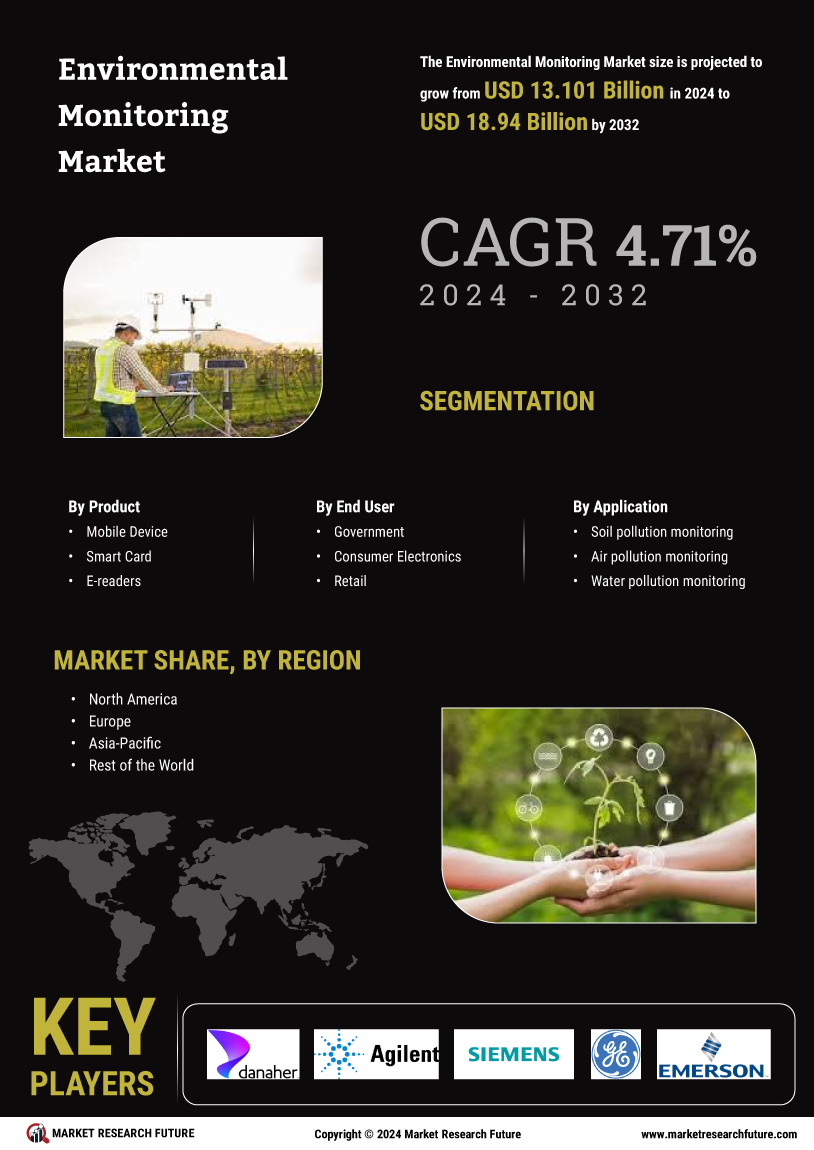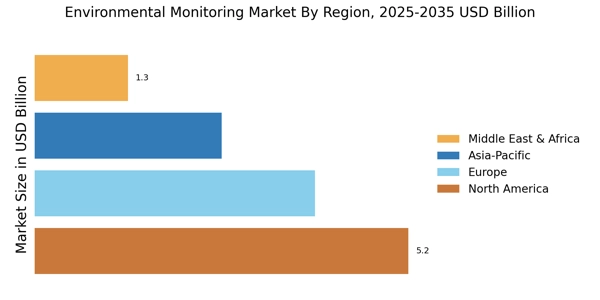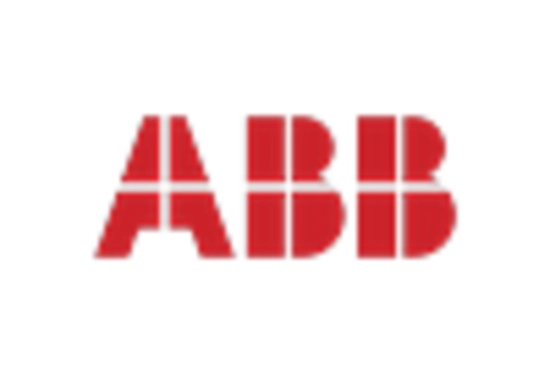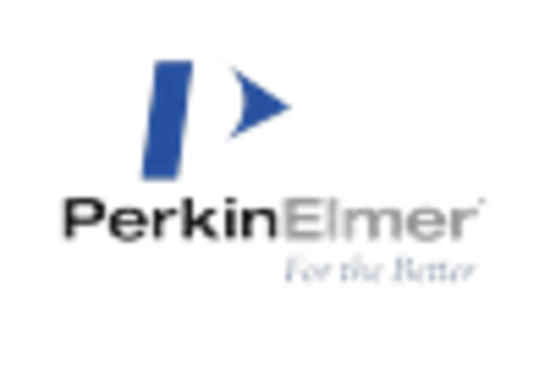Impact of Climate Change Initiatives
The ongoing initiatives aimed at combating climate change are influencing the Environmental Monitoring Market. Governments and organizations are increasingly recognizing the need for robust monitoring systems to assess the effectiveness of climate action strategies. This has led to a rise in investments in environmental monitoring technologies that can provide critical data on greenhouse gas emissions, deforestation rates, and other climate-related metrics. The market is anticipated to grow as stakeholders seek to align their operations with climate goals and sustainability targets. Furthermore, the integration of advanced analytics in monitoring systems is expected to enhance the ability to track progress and make informed decisions, thereby driving further growth in the industry.
Technological Advancements in Sensors
The Environmental Monitoring Market is experiencing a surge in technological advancements, particularly in sensor technology. Innovations in sensor design and functionality are enabling more accurate and real-time data collection. For instance, the integration of IoT devices allows for continuous monitoring of environmental parameters, which is crucial for timely decision-making. The market for environmental sensors is projected to grow significantly, with estimates suggesting a compound annual growth rate of over 10% in the coming years. This growth is driven by the increasing demand for precise monitoring solutions across various sectors, including air quality, water quality, and soil health. As these technologies evolve, they are likely to enhance the capabilities of environmental monitoring systems, making them more efficient and reliable.
Growing Awareness of Environmental Issues
There is a notable increase in public awareness regarding environmental issues, which is influencing the Environmental Monitoring Market. As communities become more informed about the impacts of pollution, climate change, and biodiversity loss, the demand for monitoring solutions is rising. This heightened awareness is prompting governments and organizations to invest in environmental monitoring systems to ensure compliance with environmental standards. Reports indicate that the market for environmental monitoring services is expected to reach several billion dollars by the end of the decade, reflecting the urgency to address environmental challenges. Consequently, this growing consciousness is likely to drive innovation and investment in monitoring technologies, fostering a more sustainable future.
Emergence of Smart Cities and Urbanization
The trend towards smart cities and rapid urbanization is reshaping the Environmental Monitoring Market. As urban areas expand, the need for effective environmental monitoring becomes increasingly critical to manage resources and mitigate pollution. Smart city initiatives often incorporate advanced monitoring technologies to track air quality, noise levels, and waste management. This integration is expected to drive the demand for environmental monitoring solutions, as cities strive to enhance livability and sustainability. Market analysts project that the smart city sector will significantly contribute to the growth of the environmental monitoring market, with investments in smart technologies likely to reach substantial figures in the coming years. This urban transformation presents a unique opportunity for innovation in environmental monitoring.
Regulatory Pressures and Compliance Requirements
The Environmental Monitoring Market is significantly shaped by regulatory pressures and compliance requirements imposed by governmental bodies. Stricter regulations regarding emissions, waste management, and resource usage are compelling industries to adopt comprehensive monitoring solutions. For example, industries such as manufacturing and energy are required to implement monitoring systems to track their environmental impact. This trend is expected to continue, with regulatory frameworks becoming more stringent, thereby increasing the demand for environmental monitoring technologies. The market is projected to expand as organizations seek to avoid penalties and enhance their sustainability practices. This regulatory landscape is likely to create opportunities for companies specializing in environmental monitoring solutions.


















Leave a Comment